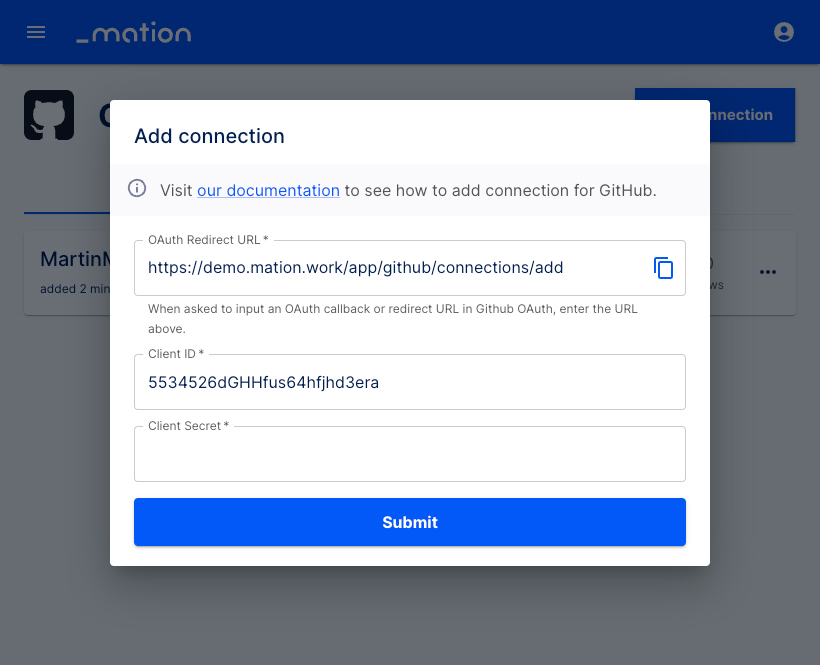Appearance
GitHub
GitHub is a web-based platform used for version control and collaborative software development built on the Git system. GitHub facilitates collaboration among developers and allows them to track changes, contribute to each other's work, and manage projects within repositories without overwriting each other's changes.
Key features of GitHub:
- Repositories: GitHub allows users to create repositories where they can store and manage their code. A repository (or "repo") contains all of the project's files, and the revision history.
- Forking: Users can "fork" a repository, creating a personal copy where they can make changes without affecting the original project.
- Pull Requests: After making changes in a forked repository, a user can send a "pull request" to the original repository. This lets the maintainers know that there are changes they may want to review and possibly merge into their project.
- Branching: Branches let developers diverge from the main project to work on updates or new features without affecting the main codebase, allowing for safer experimentation and easier code management.
- Issue Tracking: GitHub provides issue tracking which allows users to report bugs, suggest features, and discuss with the collaborators on various aspects of the project.
- GitHub Actions: This is a CI/CD (Continuous Integration/Continuous Delivery) feature that automates workflows to build, test, and deploy code right from GitHub.
- GitHub Pages: Users can host a static website directly from a GitHub repository, often used for project documentation or personal blogs.
- GitHub Marketplace: A marketplace for third-party tools that integrate with GitHub to improve the development workflow.
- Social Networking Features: GitHub supports features like followers, stars to mark favourite projects, news feed, and the ability to watch repositories for updates.
- GitHub Desktop: An application that provides a GUI-based approach to the command-line tools, making it more accessible for those less comfortable with the command-line interface.
- Security Features: Security features like security advisories, automated security fixes, and dependency review tools help maintain the security of the code.
- Educational Resources: GitHub Education offers free access to premium GitHub features and educational content for students and teachers.
GitHub is not only a repository hosting service but also a powerful collaboration tool and social network for developers. It plays a significant role in open source, where many projects are hosted and collaboratively developed.
Further information
Read more detailed information on GitHub here.
Triggers:
- New issues: Triggers when a new issue is created.
- New pull requests: Triggers when a new pull request is created.
- New stargazers: Triggers when a user stars a repository.
- New watchers: Triggers when a user watches a repository.
Action:
Create issue: Creates a new issue.
Connect with GitHub:
INFO
Pop-up windows must be allowed for this browser session to enable the connection of this third-party app with Mation.
- Log in to your GitHub account: GitHub
- Go to Mation and navigate to Apps. Click the + Add Connection button. In the popup, select GitHub from the list.

- Copy the
OAuth Redirect URL.
- Go to the link to register a new OAuth application on GitHub.
- Fill in Application name and Homepage URL.
- Paste the
OAuth Redirect URLfrom Mation into the Authorization callback URL field. - Check the Enable Device Flow checkbox.

- Click the Register application button.
- Copy the
Client IDvalue from the following page.
- Paste the
Client IDvalue into the Client ID field on Mation.
- Click the Generate a new client secret button on GitHub and copy the
Client Secret.WARNING
Copy the
Client secretnow for later use, you won't be able to see it again!
- Paste the generated
Client Secretvalue into the Client Secret field on Mation.
- Click the Submit button.
- A pop-up window appears. Click the Authorize button.

- Your GitHub connection is now established.

- Start using your new GitHub connection with Mation.